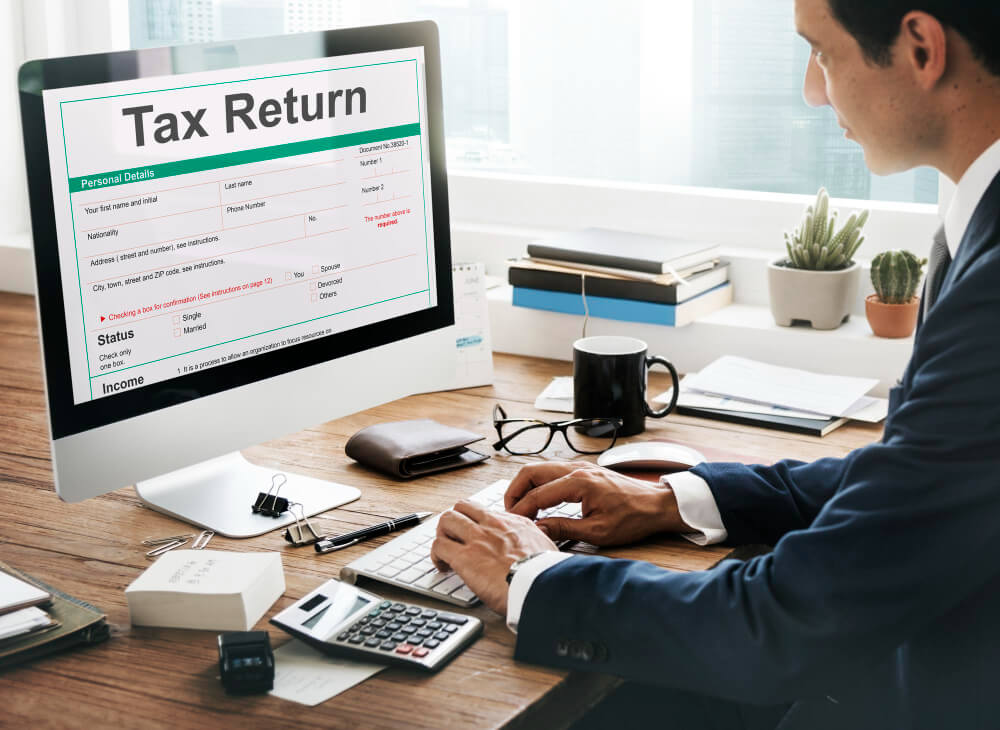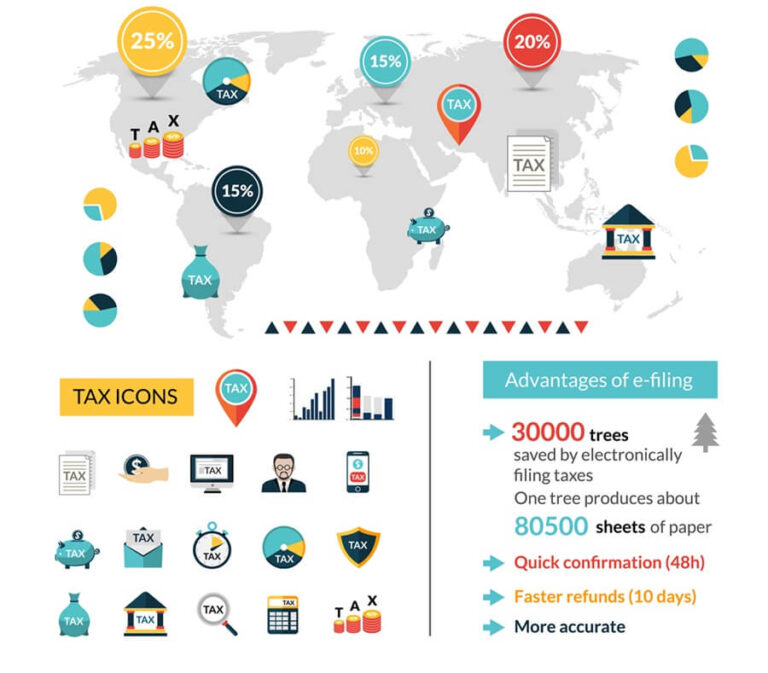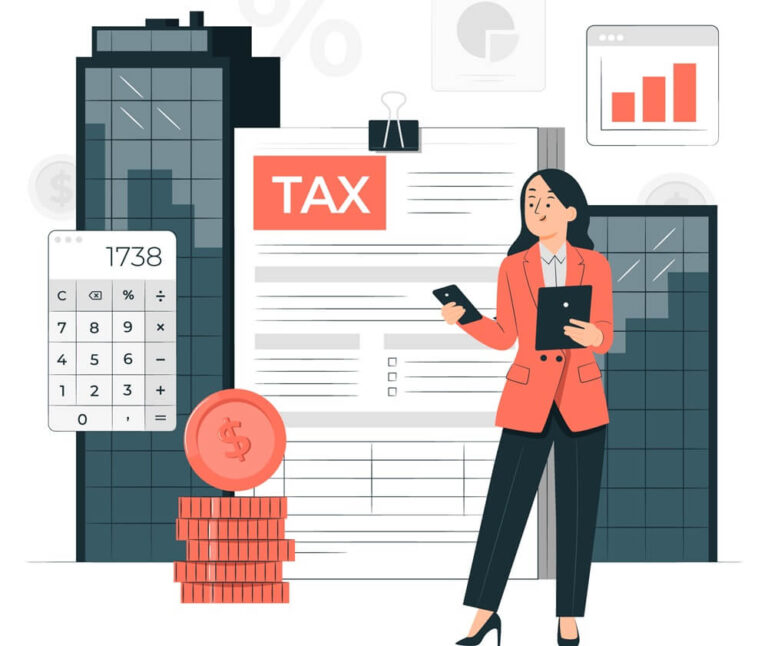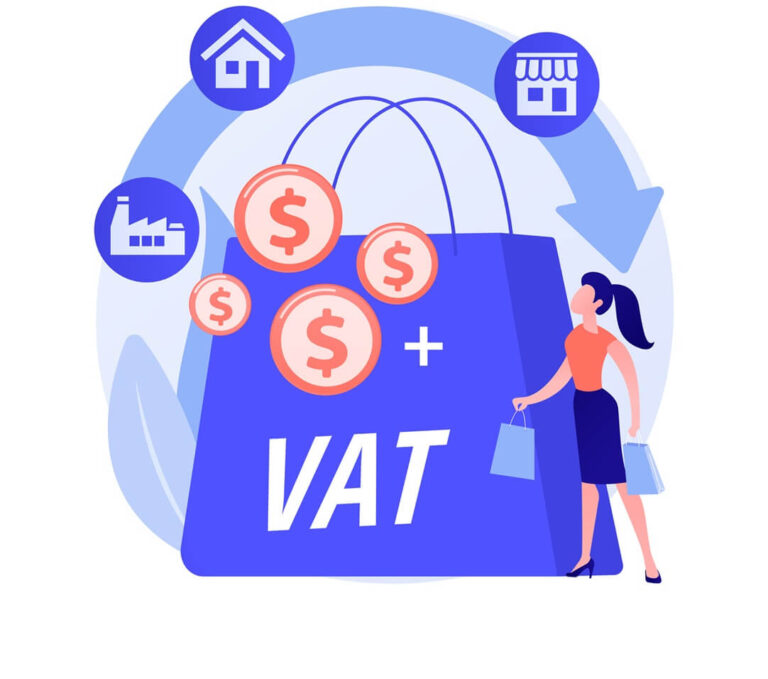

Making mistakes on VAT returns is common, but correcting errors as soon as they are discovered is crucial for avoiding penalties. This guide explains how to spot and fix VAT return errors through amendments and resubmission per HMRC guidelines.
Before filing your VAT returns, have proper review processes in place to detect any errors and omissions. Look out for:
Thoroughly reviewing VAT returns before submission can prevent many errors from occurring in the first place. Use accounting software or get professional help if needed.
Not all VAT return errors may warrant corrections. Here are some indicators an error is significant enough for amendment:
Even small errors can be corrected to reflect the most accurate accounting. Consult HMRC guidelines and an accountant when in doubt about the need for correction.
HMRC provides specific processes to correct filed VAT returns containing errors:
For minor corrections, submit a VAT652 form detailing the desired changes. This is suitable for small adjustments like:
For significant reporting errors, submit a Voluntary Disclosure report to HMRC detailing:
This allows for substantial corrections without penalties if submitted timely and comprehensive. It is completed online via HMRC’s system.
For VAT calculation errors, submit an amended return after selecting the “This is an amended return” option. Ensure all details match the original other than the corrected figures.
You can file an amendment digitally before your next VAT return or through the VAT652 form. Retain original records and calculations used to derive corrected amounts.
If you missed filing your VAT return by the deadline, notify HMRC immediately and pay any interest due on late payments. Submit the late return at the earliest opportunity.
If HMRC imposes a penalty on your business based on VAT return errors, you can appeal with documented grounds for waiver of fines based on reasonable cause and good faith.
When making corrections, retain the original erroneous VAT return records for audit trail purposes. Keep justifications for changes handy, including:
Proper documentation provides credibility and transparency in case of any future audits. Never make VAT corrections casually without paper trails.
Beyond correcting immediate errors, businesses must implement systemic changes to prevent recurrence, such as:
Correcting one-off mistakes is inadequate without addressing underlying lapses in controls and procedures. An effective VAT governance framework is essential.
Follow these guidelines when making VAT corrections:
With robust processes for error identification, transparent correction and systemic improvements, businesses can become more VAT compliant, save penalties and prevent recurring issues.
Many business owners have some frequent queries around the VAT correction process and implications. Here are answers to some key questions:
You can amend errors up to 4 years after the initial return period in most cases. For late registration, the window is 6 months. Submit promptly once discovered.
Inform HMRC if corrections cross calendar quarters or tax years, involve voluntary disclosures or exceed £10,000. Get advice on reporting obligations.
HMRC typically does not impose penalties for honest mistakes rectified voluntarily in a timely manner with proper disclosure and cooperation.
Keep original returns, amended submissions, worksheets with error details, internal communication, HMRC correspondence and advisor guidance for audit support.
Penalties vary based on degree of errors. Fines range from 0% for innocent errors to up to 100% of underpaid tax for deliberate non-compliance or fraud.
By promptly identifying and correcting any VAT return errors, businesses can avoid penalties, preserve their compliance record and maintain accurate tax obligations. Utilize technology and tax expertise to minimize future errors. With robust VAT controls and timely correction processes, businesses can confidently stay on top of VAT compliance.

The gig economy comprising independent contractors and freelance workers has rapidly grown in recent years. However, VAT compliance for gig work can…

Operating a business with multiple physical locations adds complexity to VAT compliance. More locations mean more VAT registrations, filings, and localized supplies…

Value Added Tax (VAT) is a tax on the consumption of goods and services in the UK. It is collected by VAT-registered…

Value Added Tax (VAT) is a tax on the sale of goods and services charged at multiple stages of production and distribution….

In today’s dynamic business landscape, staying competitive is paramount for success. One often overlooked yet powerful tool in a business’s arsenal is…

Value Added Tax (VAT) extends beyond just sales of goods and services. As a business owner, you must also consider the VAT…